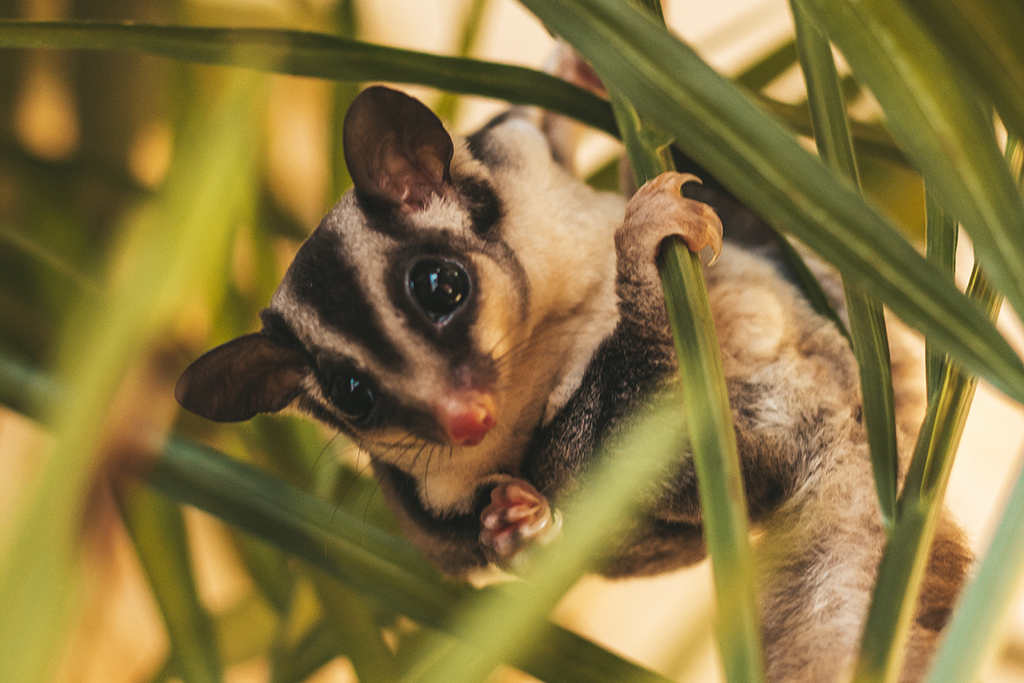
Sr Mary-Ann shares a reflection on her favourite quote from Julian Tenison Woods.
Father Julian Tenison Woods’ writings are sprinkling with delightfully lyrical and sometimes pithy pieces. I find myself returning to words he penned in 1880:
These words were printed in an Australian newspaper article and follow an often-quoted passage in which Fr Julian expounds upon the beauty of small, insignificant and far from spectacular objects.
He encouraged his readers to take a hand lens and to look closely at the leaves, the crystal structures of rocks, the intricacies of the flowers and insects. For him there was no such thing as “just a” tree, “just a” possum, “just a” bird, or “just a” weed. By looking and looking again at ordinary things in nature, Fr Julian saw subjects. He found companionship and beauty wherever he went. By looking and looking again he was transported into the presence of his God.
Fr Julian lived in an age of empire building and colonialism. His survey work in Malaysia, for example, shows that he participated in this powerful global movement. And yet, by speaking about, and reveling in the lack of sameness and tameness in things, he ran counter to colonialism’s push to transplant the known and the predictable onto the New World.
The quote, “There will be no such thing as sameness in the objects, no such thing as tameness in the beauty”, challenges me.
Firstly, it challenges me to take stock of what I objectify as “just a” whatever. I catch myself acting out of a mindset which makes me the superior one fully licensed to categorise others as being of lesser value. I embarrass myself by realising that I am an active participant in what Pope Francis calls a “throw away” society. Not only do I throw away manufactured and processed things, but I also throw away the uniqueness, beauty, and agency of the other. I throw away an opportunity of finding companionship and beauty wherever I go. I blind myself to the presence of God.
The poetry in Fr Julian’s sameness and tameness disguises another trap, that of homogeneity. On the one hand I like the security which structure and predictability bring, while being drawn to the creative, the wild, the exotic and the novel. Embracing Fr Julian’s approach implies embracing variety and novelty. It challenges me to value difference and to seek complementarity rather than division. It challenges me to resist imposing my ideas, opinions and ways of doing things onto others. It also challenges me to claim my uniqueness and authenticity.
Perhaps you would like to take up Fr Julian’s invitation of looking and looking again in your own contemplative way and context.
How do you link Tension Woods’ words, “There will be no such thing as sameness in the objects, no such thing as tameness in the beauty” with our twenty-first century relationship and attitudes to nature?
What would you list as objects/subjects of untamed beauty? How has your concept of beauty changed through your life?
Mary-Ann Casanova rsj
Reference: Tenison-Woods, Julian. 1880. “Notes Made in North Australia.” Sydney Mail and New South Wales Advertiser, July 17, 1880, Saturday edition. Trove.
